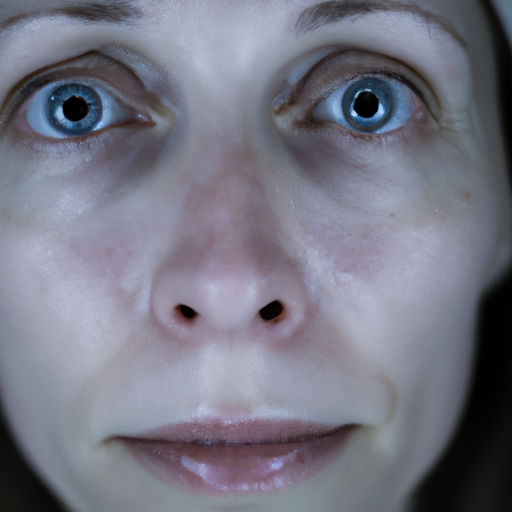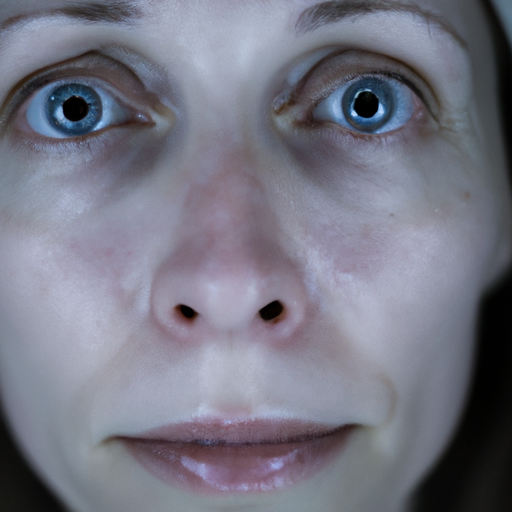As a dermatologist, I am often asked about the latest trends in facial sculpting and contouring. One procedure that has gained significant popularity in recent years is buccal fat removal, a surgical procedure that involves the removal of fat pads from the cheeks to create a more defined and sculpted facial appearance.
Buccal fat removal, also known as cheek reduction surgery, is a cosmetic procedure that aims to reduce fullness in the lower part of the face. The buccal fat pad, a rounded mass of fat located in the middle of your cheek, can give your face a fuller, rounder appearance. Some people naturally have larger buccal fat pads, which can make their faces appear chubby or baby-faced, even if they are slim.
The procedure itself is relatively straightforward. It’s performed under local anesthesia and takes about an hour. An incision is made inside the mouth, on the inner portion of the cheek, and the buccal fat pad is then removed. The incision is closed with dissolvable sutures, leaving no visible scars.
The results of buccal fat removal are not immediately noticeable. Swelling is common after the procedure, and it can take several weeks to months for the final results to become apparent. However, once the swelling subsides, patients can expect a more sculpted and defined facial appearance.
Buccal fat removal is not for everyone. It’s most suitable for individuals who have a fuller face and want to achieve a slimmer, more contoured look. It’s also important to note that as we age, our faces naturally lose volume. Removing too much buccal fat can result in a gaunt appearance later in life. Therefore, it’s crucial to have a thorough consultation with a qualified professional who can assess your facial structure and determine if you’re a good candidate for this procedure.
Like any surgical procedure, buccal fat removal carries some risks. These include infection, bleeding, bruising, and numbness or changes in sensation in the cheeks. However, these risks are generally low, and most people recover without complications.
It’s also worth noting that buccal fat removal is a permanent procedure. Once the fat pads are removed, they do not grow back. Therefore, it’s essential to consider your long-term aesthetic goals before deciding to undergo this procedure.
In terms of aftercare, patients are usually advised to follow a liquid diet for a few days after the surgery to allow the incisions inside the mouth to heal. It’s also recommended to avoid strenuous physical activity for a couple of weeks to minimize swelling and speed up recovery.
In conclusion, buccal fat removal is an effective procedure for those seeking a more sculpted and defined facial appearance. However, it’s not a decision to be taken lightly. It’s crucial to consult with a qualified professional who can provide a thorough assessment and guide you through the process.
As a dermatologist, I believe that every individual is unique, and what works for one person may not necessarily work for another. It’s important to have realistic expectations and understand that while cosmetic procedures can enhance your natural features, they should not be seen as a way to achieve perfection. After all, true beauty lies in embracing our individuality and feeling confident in our own skin.




